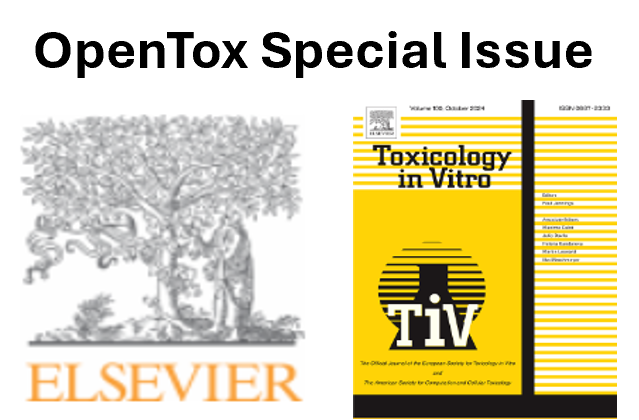Dr. Mostafa Kiamehr is a senior postdoctoral researcher at the Stem Cell Institute Leuven (SCIL) at KU Leuven, Belgium. Dr. Kiamehr completed his Ph.D. in Stem Cell and Tissue Engineering at Tampere University, Finland, in 2019. Following his first postdoctoral position, he joined Professor Verfaillie’s laboratory at KU Leuven in 2020, where he has since focused on pioneering a novel and advanced multicellular 3D liver model using induced pluripotent stem cell (iPSC)-derived parenchymal and non parenchymal cells. His research aims to enhance the accuracy of in vitro models for both toxicity screening and disease modeling, addressing critical needs in pharmaceutical testing and liver disease research.
Organobodies; A novel way to generate high-throughput 3D multi-cellular liver model
M. Kiamehr, S. Manzini, V. Lobito, A. Correia, Y. Goud Mogulagoni, A. De Backer, M. Campaner Socias, B. Toprakhisar, S. Van Eyck, R. Madeiro, and C. Verfaillie
Stem Cell Institute, Department of Stem Cell and Developmental Biology, KU Leuven, Leuven, Belgium
Understanding the mode of action (MOA) of drugs could be challenging, particularly with traditional simple 'hepatocyte only' 2D in vitro models. Here, we introduce a novel method for generating 3D tri-cultures comprising iPSC-derived hepatocytes (Heps), endothelial cells (ECs), and macrophages (Mφs), as a tool capable of enhancing our understanding of MOA of drug toxicity.
Using qPCR and immunohistochemistry, we assessed the expression levels of key markers for each cell type in the tri-culture, confirming the presence of functional hepatocytes (CYP3A4 and CYP2C9), endothelial cells (CD31), and macrophages (CD45). The expression of the key markers for each cell type was also confirmed by immunohistochemistry. Preliminary data from single nuclei RNA sequencing (snRNAseq) revealed not only the presence of Heps, ECs, and Mφs, but also the presence of additional cell types, including cholangiocytes, Kupffer cells, and stellate cells possibly emerging through further differentiation or transdifferentiating. Upon treatment with lipopolysaccharide (LPS), the tri-culture exhibited a significant upregulation of inflammatory genes/pathways and a decrease in metabolic capacity, indicative of its responsiveness to inflammation. Furthermore, we evaluated the predictive capability of the tri-culture for hepatotoxicity by treating it with six known hepatotoxic compounds, finding it to be comparable to both 3D mono- and 2D mono-hepatic cultures.
In summary, our study presents a scalable method for generating functional 3D mini liver encompassing all cell types found in the liver, offering promise for drug screening, toxicity testing, and disease modelling.

